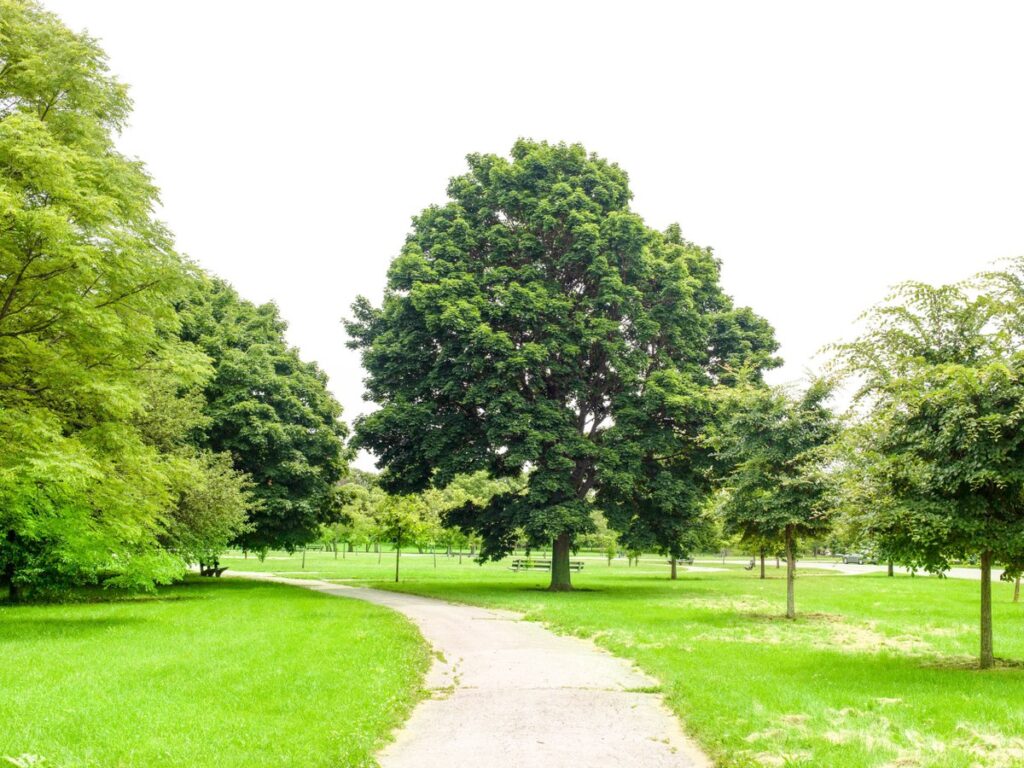Chicago Lawn
In the heart of the Windy City lies a neighborhood steeped in history and culture: Chicago Lawn. Known by locals as “Marquette Park,” after the sprawling green space that dominates its southern region, this community has witnessed a remarkable evolution over the years.
The City’s Green Jewel: Marquette Park
The 300-acre Marquette Park is undeniably the crown jewel of Chicago Lawn. A verdant haven amidst urban sprawl, the Park serves as a cherished communal space, fostering a sense of unity among the neighborhood’s diverse populace.

A Snapshot
Chicago Lawn is one of the 77 designated community areas of Chicago, Illinois, located on the city’s southwest side. It shares its borders with several other community neighbors, including Gage Park, West Englewood, Ashburn, and West Lawn.
The Beginning of Chicago Lawn
The neighborhood was founded in 1871 by John F. Eberhart and was annexed by the city of Chicago in 1889. However, the area remained largely agricultural, with sparse settlements until the 1920s saw a significant population surge.
The Great Migration
In the ensuing decade, the population of Chicago Lawn ballooned from 14,000 to a staggering 47,000. This was fueled by an influx of German and Irish immigrants moving away from the Back of the Yards and Englewood neighborhoods. They were later followed by Polish, Bohemian, and Lithuanian immigrants.
The Impact of the Great Depression
Despite the nationwide economic catastrophe of the Great Depression, the area continued to flourish, with its population reaching 49,291 by 1940. This was a testament to the resilience and tenacity of its residents, who managed to maintain a thriving urban neighborhood amidst economic turmoil.
The Lithuanian Influence
One of the most notable ethnic groups in Chicago Lawn is the Lithuanian community. They established a robust network of institutions, earning the neighborhood the label of the Lithuanian Gold Coast. They also founded some of the richest savings and loans in the city, further cementing their influence and legacy in the area.
Racial Shifts and Civil Rights Movement
Chicago Lawn has seen significant shifts in its racial demographics over the years. The 1960s marked the arrival of African Americans to the area, with Chicago Lawn becoming a focal point for civil rights groups’ open housing marches.
The Modern Melting Pot
Today, Chicago Lawn is a vibrant melting pot of diverse ethnic groups. The 1990 census recorded African Americans as the largest racial group, accounting for 53% of the population. Hispanic and Non-Hispanic whites groups accounted for 35% and 10% respectively. There are also black Jewish and Palestinian communities in the neighborhood.
The Arab and Islamic Community
The Arab community has also established a significant presence in Chicago Lawn. Arab families, originating from Palestine, Jordan, Syria, and Lebanon, have set up homes and businesses in the area, contributing to the rich cultural tapestry of the neighborhood.
The Pillars of Education
Education plays a crucial role in the Chicago Lawn community, with Chicago Public Schools operating numerous public schools in the neighborhood. These institutions serve as pillars of learning and growth, fostering the intellectual development of the young minds in the community.
Chicago Lawn’s vibrant history, diverse population, and strong community spirit make it a unique and integral part of Chicago’s urban landscape. As we look towards the future, it’s clear that this neighborhood will continue to evolve and thrive, maintaining its rich cultural heritage while embracing new changes and opportunities.


